Ertach Kernow - Cornish antiquarian, John Thomas Blight
One hundred and eleven years ago on 23rd January 1911 died a man who many had thought dead for decades. A sad end for someone who in his youth had contributed so much to recording Cornwall’s ancient and historic heritage. John Thomas Blight was born in Redruth to Robert Blight a schoolmaster and his wife Thomasine in 1835. That the family were Methodist is evidenced by John’s baptism at the Wesleyan chapel in Redruth. The family soon after moved to Madron and then Crowan before finally settling in Penzance where from at least 1844 Robert was employed as a private schoolmaster at Jordon House. The family continued to live in Penzance until after Robert’s death in 1881 residing at 2 Morab Place. There is no doubt that both John and younger brother Joseph were strongly influenced by their father’s interest in Cornish antiquities, something he was passionate about. Robert contributed to the West Briton and other local journals as well as the journal issued by the Royal Institute of Cornwall.
Joseph went on to become an accomplished engraver and John continued and expanded on his father’s antiquary interests using his literary and draughtsman’s skills to full effect. By the time John was in his early twenties he had a good reputation that led to commissions relating to his drawings including employment as assistant and illustrator to James Orchard Halliwell. It was Blight’s drawings that illustrated Halliwell’s book ‘A Life of William Shakespeare’ and it is believed that Blight remained largely unpaid for his work despite it being republished a number of times. John went on to meet well known people such as Reverend R S Hawker and others who encouraged him in his work.
His published works included ‘Ancient Crosses and Other Antiquities in the West of Cornwall’ in 1857, with the accompanying volume ‘Ancient Crosses, and Other Antiquities in the East of Cornwall’ in 1858. These were followed by ‘A Week at the Land’s End’ in 1861, ‘List of antiquities in the hundreds of Kirrier and Penwith’ in 1862 and ‘Churches of West Cornwall’ in 1865. Through his writings in the late 1850 and 1860’s he was recognised for his work on standing monuments and field archaeology being elected a Fellow of the Society of Antiquaries in 1866. Although these were very successful and were reprinted in second and third editions they made Blight very little actual money.
By the late 1860’s mental issues were being exhibited and he was cared for at home before the situation became too difficult for his parents to manage. Blight was admitted to the Cornwall Lunatic Asylum in 1871. Such a great shame that a man of such great talent should have his work restricted to just a few years, although he achieved a huge amount in that time. Today his diagnosis of lunacy would be viewed very differently and could have included perhaps being on the autism spectrum and suffering depression. Certainly, lack of support from his peers and those benefiting from his work could have been a major contribution along with lack of income and inability to fund an individual life beyond his parents’ home.
With the reprint in 1885 of ‘Churches of West Cornwall; with notes of antiquities of the district’ the author is described as the late Mr J T Blight and the following note is included at the start of the book. ‘By Mr. Blight's death Archaeology has lost not only an enthusiastic student, but a hard worker, and it is much to be feared that his too eager devotion to his favourite pursuit amidst his daily toil brought on the illness which had so sad a termination. Oxford, October, 1884.’
The fact of the matter is that by then J T Blight had been a private patient in Cornwall Lunatic Asylum at Bodmin for thirteen years and would stay there until his death 26 years later in early 1911. As he was admitted to the Bodmin asylum as a private patient, Blight was better looked after than the pauper patients, but by 1883 the cash to maintain him as a private patient had been exhausted. It was at this point that his friends and supporters rallied round, led by William Bolitho of Penzance. An appeal for subscriptions for the support of Mr. Blight was launched creating a fund from which an annuity to maintain him was purchased.
Besides his books Blight also contributed to the Royal Institute of Cornwall’s annual journal. In these he covered a variety of subjects. These included cliff castles at Kenidjack and Maen in Penwith, churches and ancient chapels, subterranean chambers at Trelowarren and Boscaswell, kists and barrow burials and many other places. The text provided along with the drawings of these sites has helped place these sites in context between early recordings by people like Dr William Borlase and later archaeologists of the 20th century with modern techniques. The following begins Blights reading to the Royal Institution of Cornwall in 1864 and provides an example of documenting a site not recorded even by the great Dr Borlase
‘No description of the Cliff-Castle of Maen, or Mayon, in parish of S. Sennen, will be found in the county histories; it is remarkable that so important a work should have been left noticed by Dr Borlase. Like the greater number of the ancient remains of this county, it has been much mutilated; and, but the protection it has received from James Trembath, Esq of Mayon it would, in all probability, have been utterly demolished before description or plan of its construction had been made. 'Cornish Cliff-castles are constructed on a very simple plan, me consisting of a ditch or fosse, with a wall curved towards the I and stretching across the isthmus of some bold and lofty promontory They occur more frequently on the western coast than in any other part of the county. Remains of Cliff-castles may be seen at Gurnard's Head, in the parish of Zennor; at Bosigran, in Morvah and at Kenidjack, in S. Just. Cape Cornwall was protected in same manner. Then comes the broad sweep of Whitsand Bay between which and the Land's End, in a lesser bay called Gamper is Maen Castle, the subject of this notice. Following the coast southwards, we find at Tol-pedn-penwith another line of defence thence on to Treryn, where existed, perhaps, the finest Cliff-castle in Cornwall. The situations chosen for all these fortifications such as to render as little labour as possible necessary in their construction. In each case the greater part of the circumference protected and made impregnable by the cliffs. The Maen promontory, which runs from S.E. to N.W., is alt 120 yards in breadth and 125 in length, from the ditch to the edge of the cliff. It is of a hillock form, rising considerably in centre, and sloping down on the east and north to cliffs almost pendicular, and from 70 to 80 feet in height.’
With so many interesting articles written and illustrated over a short period it is impossible to include these here but creates an introduction and opportunity to look at some of these sites in greater depth in the future.
Whilst he was incarcerated in the asylum at Bodmin, records show that he was treated with respect and kindness and would be allowed outside the asylum to sketch and paint and to visit and speak to those on the outside. In 1900 he visited the excavations at Harlyn Bay along with his friend and asylum chaplain Reverend William Iago. In an image taken at the time it is believed that J T Blight is the man to the far right of the photograph in the panama hat.
What must be considered from today’s perspective is the value of Blights work of recording and preserving elements of Cornwall’s historic past during the mid-19th century. That so many of the monuments and sites he visited are no longer in existence or as with many churches suffering late Victorian refurbishment and restoration changing their interiors substantially, often to their historic detriment. Blight’s ‘A Week at the Land's End’ is an interesting and descriptive book and still available today. The 1989 edition has an interesting introduction by the late great Cornish historian and archaeologist Professor Charles Thomas, who obviously held J T Blight in high esteem.
We are very pleased to mention the excellent biography of John Thomas Blight 'The Dust of Heroes' by Selina Bates and Keith Spurgin. Keith kindly made contact correcting a couple of points, amended in this piece, and we have included part of his email below as it helps illustrate that Blight's life was not an unhappy existence whilst living at St Lawrences.
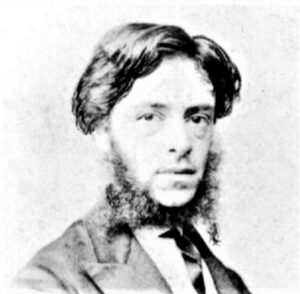
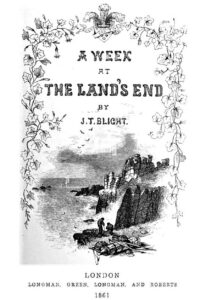
![Beating the bounds by J T Blight [Penzance] Beating the bounds by J T Blight [Penzance]](https://www.cornwallheritage.com/wp-content/uploads/2022/02/Beating-the-bounds-by-J-T-Blight-Penzance-224x300.jpg)
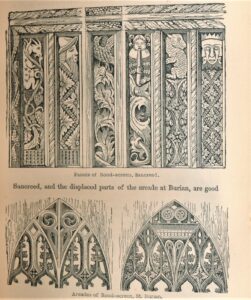
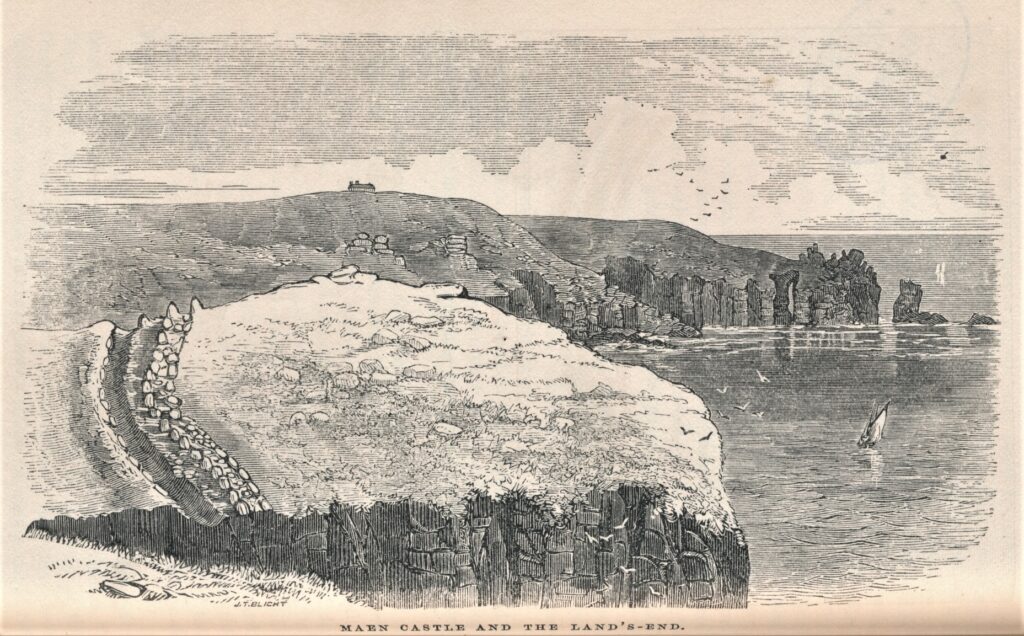
![Maen Castle - J T Blight - RIC Journal 1864 [2] Maen Castle - J T Blight - RIC Journal 1864](https://www.cornwallheritage.com/wp-content/uploads/2022/02/Maen-Castle-J-T-Blight-RIC-Journal-1864-2-186x300.jpg)
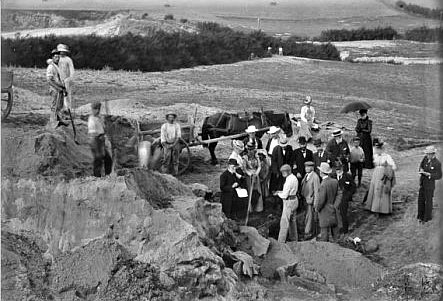
![[83] Voice - Ertach Kernow - 26.01.22A John Thomas Blight [S] Ertach Kernow - John Thomas Blight](https://www.cornwallheritage.com/wp-content/uploads/2022/02/83-Voice-Ertach-Kernow-26.01.22A-John-Thomas-Blight-S-230x300.jpg)
![[83] Voice - Ertach Kernow - 26.01.22B John Thomas Blight [S] Ertach Kernow - John Thomas Blight](https://www.cornwallheritage.com/wp-content/uploads/2022/02/83-Voice-Ertach-Kernow-26.01.22B-John-Thomas-Blight-S-228x300.jpg)
![[83] Ertach Kernow Heritage Column - 26th January 2022 - Heritage in the news Ertach Kernow Heritage Column - 26th January 2022 - Heritage in the news](https://www.cornwallheritage.com/wp-content/uploads/2022/02/83-Ertach-Kernow-Heritage-Column-26th-January-2022-Heritage-in-the-news-1.jpg)